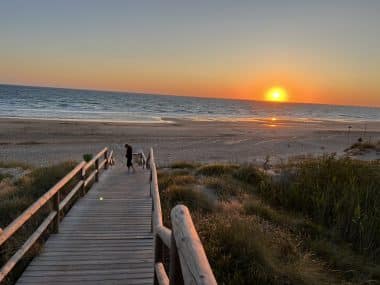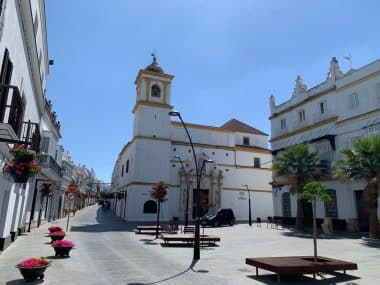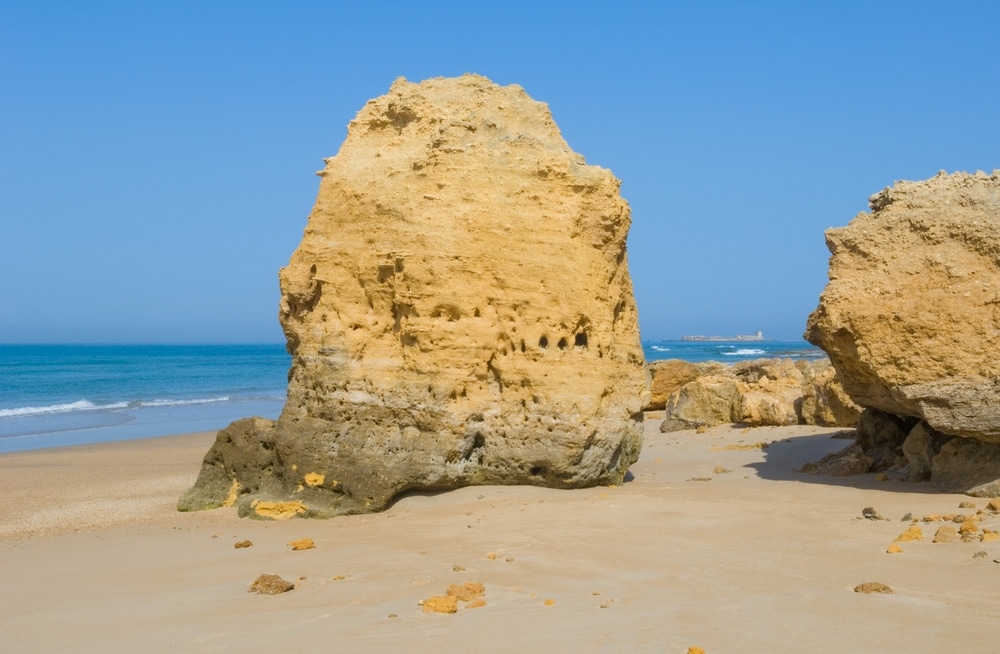Spain has long since established itself as a holiday destination for German guests.
But conversely, this also means that it will be difficult to get free rooms spontaneously, especially for the summer.
And even then, it’s hard to find a little peace and relaxation.
The situation is different in cities such as Chiclana de la Frontera, where the flow of guests is significantly lower.
But what actually makes the place so unique?
Not only suitable for bathers
Located in the Bay of Càdiz, Chiclana de la Frontera can be easily reached from various German airports.
The journey takes barely five hours.
Especially in the warm season, tourists find this way to really relax on the long, white beaches on the Spanish coast.
But be careful, especially in the high season, the thermometer rarely falls below the 30 degree Celsius mark.
The wind coming from the sea is also a bit weak and does not provide any real cooling.
It is therefore advisable to visit the city in spring and autumn, when Chiclana can be enjoyed away from the holiday crowds with mild temperatures and mostly rain-free days.
Two and a half millennia of eventful history

The region was particularly successful in the extraction of salt in that era and was able to earn some wealth with it.
After the first documentary mention in the early
In the 14th century, Chiclana was settled and from the 14th century onwards
15th century brisk trade with the newly discovered America: Spanish wine and olives in particular enjoyed great demand on the new continent.
In the Middle Ages, however, the city was abandoned in the course of the Wars of Independence, razed to the ground and only built from the 17th century onwards in the form that is still so much appreciated by visitors today.
The old town as a starting point for sightseeing
The historic centre of the city can be seen from afar with the towers of the two churches of Jésus Nazareno and San Juan Bautista.
The local districts do not follow a uniform architecture, but look like colorful set pieces from different times that have been arbitrarily placed together.
Many artists have opened their studios there.
There are only a few restaurants in the old town.
On the other hand, some of the bodegas are open from morning until late at night – they are small establishments where regional wines and sherries are served.
Also worth a visit is the Chiclana Museum in the Casa de Briones, where the life of the locals from antiquity to modern times is documented with many finds.
Walking across the sea
If it gets too crowded in the city, you will find plenty of retreats on the various beaches.
By the way, not alone to swim there or dive in partly crystal clear water and enjoy the plants and animals off the Spanish coast.
Chiclana de la Frontera has an impressive rocky landscape with smaller caves.
Particularly interesting is the Playa de Sanct-Petri, which can be seen from a distance: the old fishing village with picturesque white buildings is separated from Chiclana by the sea.
At low tide, however, the distance between the two places, which is only a few kilometres, can be easily covered on foot – at high tide, the route is used by boats.
Observe rare birds in the nature reserve

Not dotted with shopping
There is another point in which Chiclana differs from many other tourist strongholds: There are supermarkets and opportunities for shopping. Nevertheless, everything here is a bit smaller and more discreet. It is therefore worth visiting the markets that take place on weekends on the Camino de los Recoberos, as well as every Tuesday on the Recinto Ferial. Not only regional dishes can be found there at low cost. Rather, some of the local artists also exhibit their works – and thus make it possible to buy smaller souvenirs that tell of the beautiful holiday on the Spanish coast for a long time to come.


